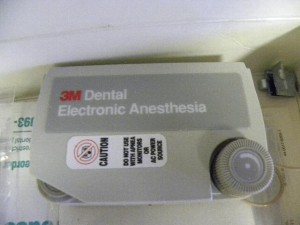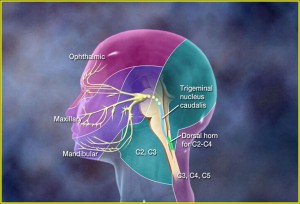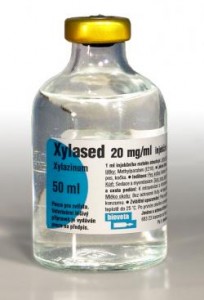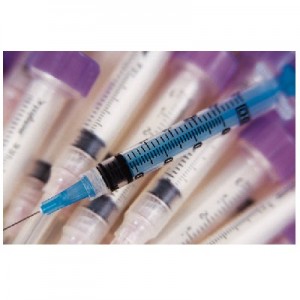Irreversible Pulpitis
Definition:
Irreversible pulpitis is a persistent inflammatory condition of the pulp, symptomatic or asymptomatic, caused by a noxious stimulus.
Acute irreversible pulpitis exhibits pain usually caused by hot or cold stimulus, or pain that occurs spontaneously. The pain persists for several minutes to hours, lingering after removal of the thermal stimulus.




